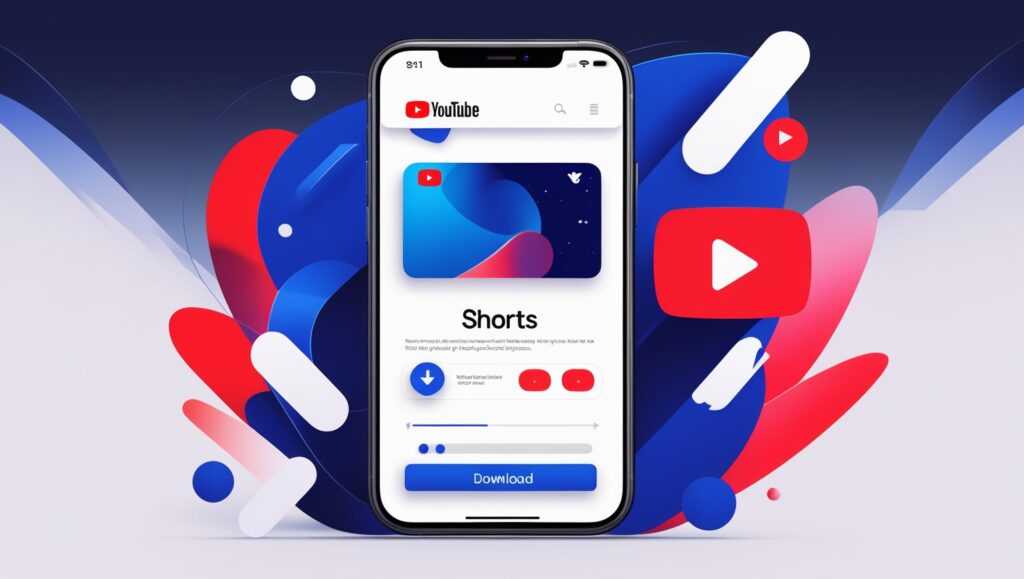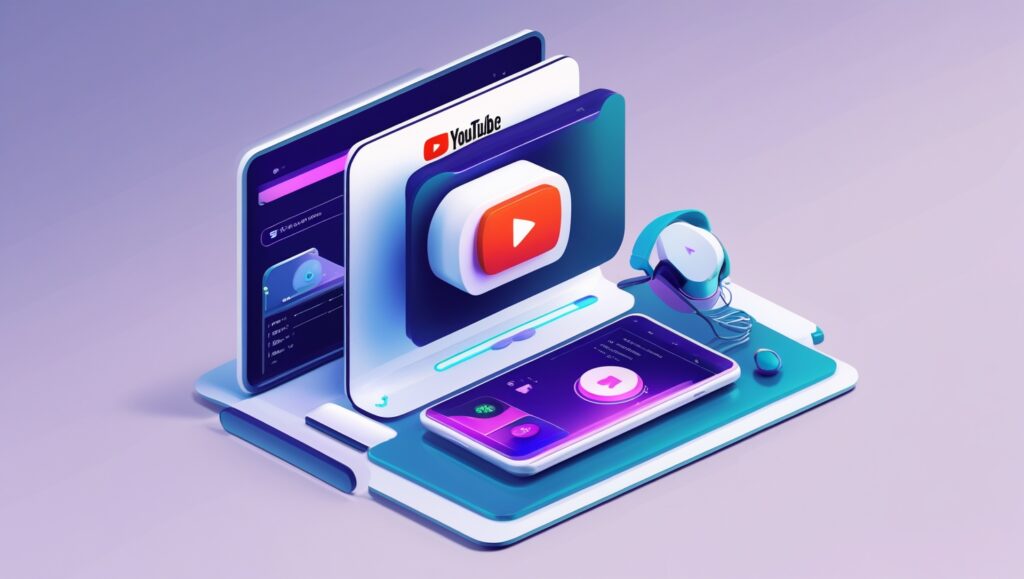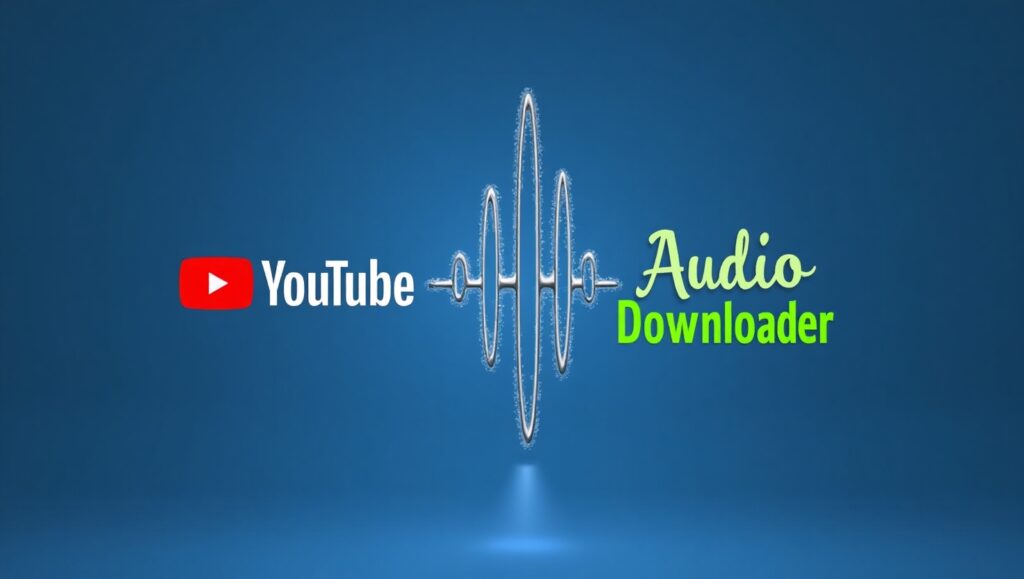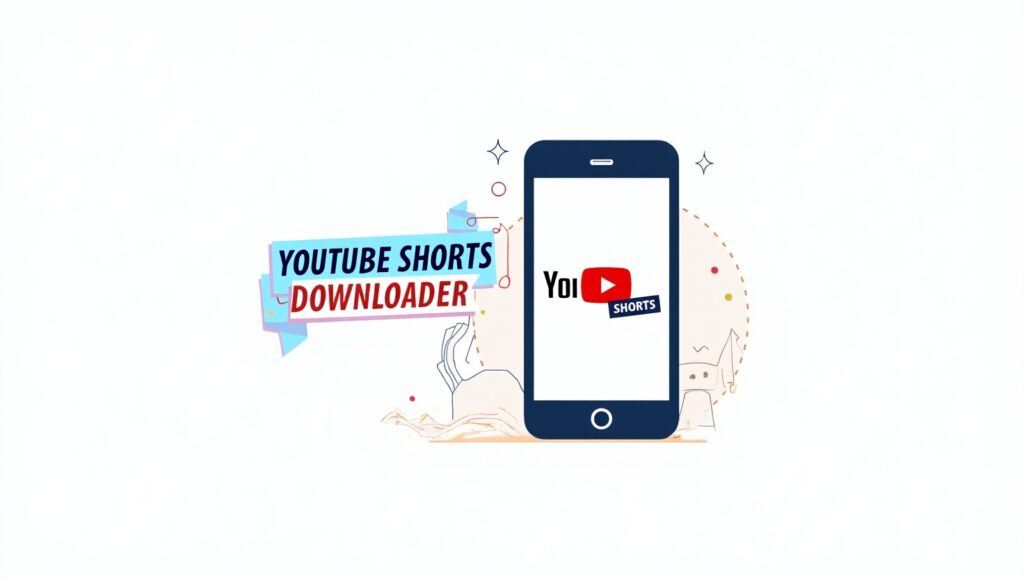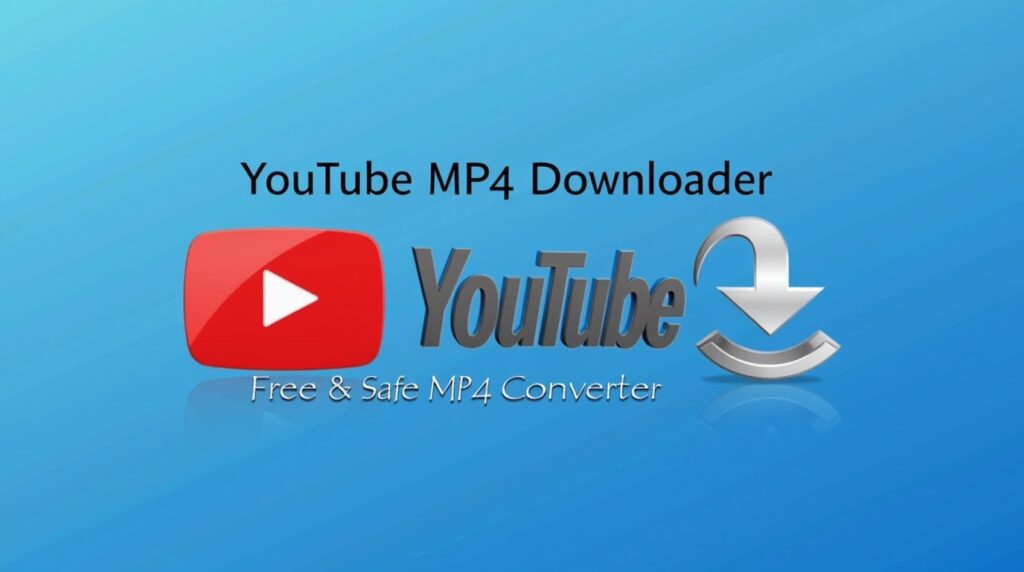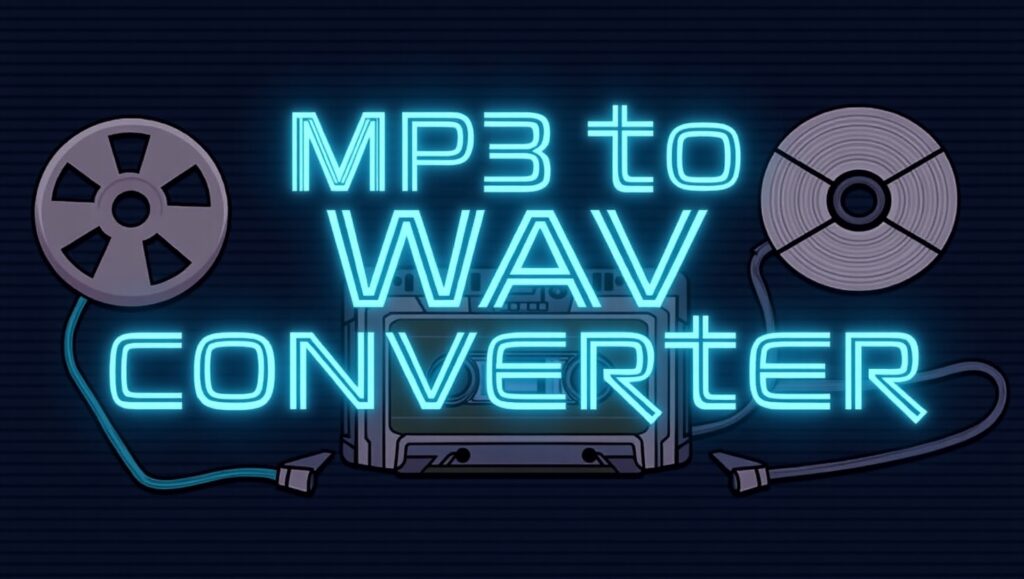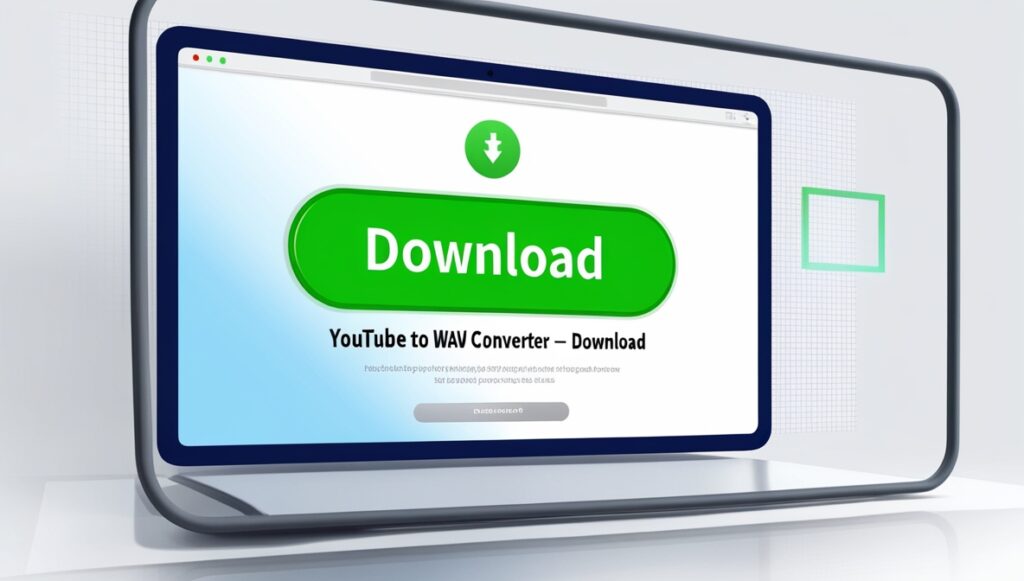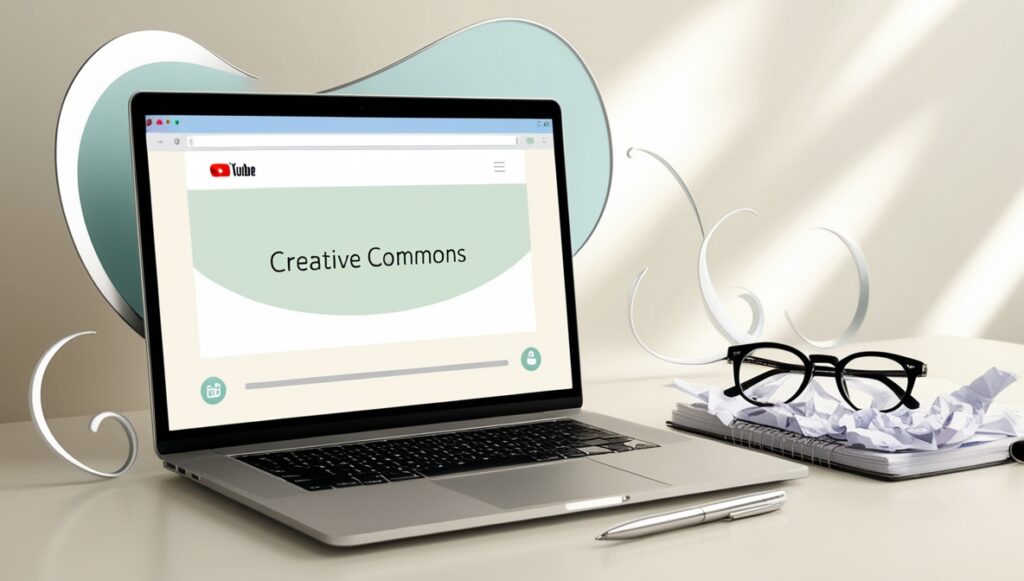YouTube’s algorithm shapes what billions of users watch, making it a vital tool for creators to understand. In 2025, the algorithm prioritizes user engagement while balancing fairness for new and established channels. This guide breaks down how the algorithm functions, explores its key factors, and shares strategies to boost video visibility. Whether you aim to grow your channel or download content legally, this knowledge helps you navigate YouTube’s complex system. What Drives YouTube’s Algorithm? YouTube’s algorithm uses machine learning to recommend videos based on user behavior and video performance. Its goal: keep viewers on the platform longer. A 2025 YouTube Creator Insider update emphasized personalization, with the algorithm tailoring suggestions to individual preferences while promoting diverse content. Core Algorithm Goals The algorithm aims to maximize watch time, engagement, and user satisfaction. It analyzes billions of data points daily, from clicks to comments, to predict what users want. For creators, this means high-quality, engaging videos rank higher than low-effort uploads. How It Impacts Creators Creators benefit from understanding the algorithm’s priorities. Videos that hook viewers early and sustain interest gain more visibility. However, new channels face challenges competing with established ones, making optimization critical for growth. Key Factors in Video Rankings Several metrics influence how YouTube ranks videos. These factors, updated in 2025, reflect the platform’s focus on user experience and creator authenticity. Watch Time and Retention Watch time—how long viewers stay—remains the top factor. A 2024 YouTube report noted that videos retaining 60% of viewers past the halfway mark rank higher. Create compelling intros and avoid fluff to hold attention. Engagement Metrics Likes, comments, and shares signal viewer interest. The algorithm favors videos with active discussions, especially within the first 48 hours. Encourage viewers to comment with clear calls-to-action, like asking for feedback. Click-Through Rate (CTR) CTR measures how often users click a video’s thumbnail. Eye-catching, relevant thumbnails boost CTR, but misleading ones hurt rankings, as YouTube penalizes clickbait in 2025. A thumbnail with bold colors and clear text often performs best. How the Algorithm Recommends Videos YouTube’s recommendation system powers the homepage, suggested videos, and search results. It personalizes content while introducing users to new creators. Homepage and Suggested Videos The homepage mixes videos based on watch history and trending topics. Suggested videos, shown beside the player, prioritize related content with high engagement. A 2025 study by VidIQ found that 70% of watch time comes from recommendations, highlighting their impact. Search Rankings Search results favor videos with keyword-rich titles, descriptions, and tags. The algorithm also considers engagement and relevance. For example, a video titled “Legal YouTube Video Downloads” with high watch time ranks better than a generic one. Strategies to Optimize for the Algorithm Creators can improve rankings with practical, ethical strategies. These tips align with YouTube’s 2025 guidelines and avoid manipulative tactics. Craft Engaging Content Hook viewers in the first 15 seconds with a strong intro. Structure videos with clear segments, like tutorials or stories, to maintain interest. Use analytics to identify drop-off points and refine future uploads. Optimize Metadata Include primary keywords in titles (e.g., “YouTube Algorithm 2025”), descriptions, and tags. Write descriptions with 150–200 words, adding timestamps and links to playlists. Subtitles, especially in multiple languages, boost accessibility and rankings. Promote Early Engagement Post videos when your audience is active, using YouTube Analytics to find peak times. Share on social platforms like X with hashtags (#YouTubeTips). Respond to comments within 24 hours to spark discussions. Tools to Track Algorithm Performance YouTube Studio provides data to monitor algorithm success. Check the “Analytics” tab for watch time, CTR, and audience retention. Third-party tools like TubeBuddy offer keyword insights. For creators downloading their videos to analyze offline, youtubedownloading.com saves files in MP4 format: copy the video URL, paste it, and download. A 2024 VidIQ report recommends reviewing analytics weekly to spot trends. Common Algorithm Myths Misconceptions about the algorithm can mislead creators. Clarifying these helps you focus on what matters. Myth#01: More Views Equal Higher Rankings Views alone don’t guarantee rankings. A video with 10,000 views but low retention ranks below one with 5,000 views and high engagement. Prioritize quality over quantity. Myth#02: The Algorithm Hates New Channels New channels can rank well with strong content. YouTube’s 2025 updates boost “breakout” videos from small creators, per the Creator Insider blog. Consistency and optimization level the field. Start to Boost Your Rankings YouTube’s algorithm rewards engaging, well-optimized videos. Focus on watch time, craft compelling metadata, and use analytics to refine your approach. Legal downloads of your videos for offline analysis can further improve strategy. Check our blog for more tips on YouTube features, privacy, and legal downloads. Disclaimer: Users must comply with YouTube’s Terms of Service and applicable laws. Download only content you have permission to save. Read More About: How to Find Creative Commons YouTube Videos

